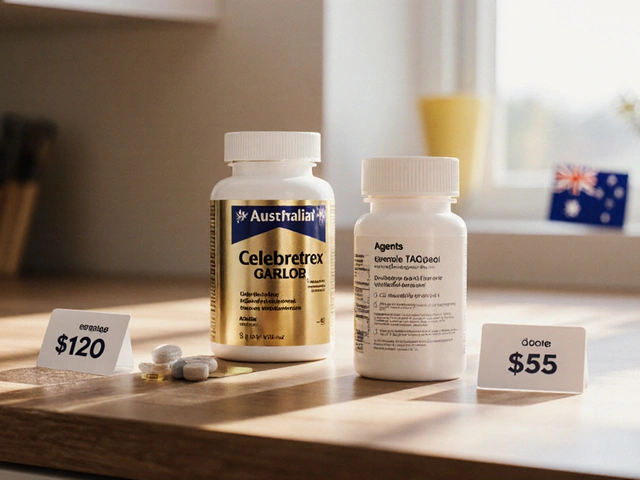Topical Analgesic: Fast Relief Without Pills
If you’re tired of swallowing pills every time a sore muscle pops up, a topical analgesic might be your new go‑to. These creams, gels, and patches sit right on the skin and send soothing signals straight to the pain receptors underneath. The result? Quick relief that doesn’t hit your stomach.
How Do They Work?
Most topical analgesics use ingredients like menthol, camphor, lidocaine, or capsaicin. Menthol gives a cooling burst that tricks nerves into thinking the area is colder than it is, which dulls pain signals. Camphor does something similar with a warming feel. Lidocaine blocks nerve firing, while capsaicin (the spicy stuff in chili peppers) gradually desensitizes the skin to pain. Because they act locally, you avoid the systemic side effects that oral meds can bring.
Choosing the Right One for You
When you shop for a topical analgesic, think about what kind of pain you have. For a fresh strain from a workout, a menthol‑based gel like Biofreeze works fast and feels refreshing. If your joints feel stiff in the morning, a capsaicin cream can help after a few days of consistent use. Lidocaine patches are handy for pinpoint nerve pain, such as a pinched sciatic nerve.
Price matters too. Generic versions often contain the same active ingredients as brand‑name products but cost less. Look at the label: a 5% lidocaine concentration is standard for OTC patches, while higher percentages usually need a prescription.
Safety Tips You Should Follow
Even though these products stay on the surface, they can cause irritation. Always do a patch test—apply a small amount to an unaffected area and wait 15 minutes. If you notice redness or itching, skip that product. Avoid applying topical analgesics on broken skin, open wounds, or near eyes. Wash your hands after each use unless you’re treating the hands themselves.
Pregnant or nursing people should check with a doctor before using strong ingredients like lidocaine. Kids under 12 generally shouldn’t use products with high concentrations of menthol or capsaicin without medical advice.
Natural Alternatives Worth Trying
If you prefer plant‑based options, look for arnica, ginger, or turmeric creams. These contain anti‑inflammatory compounds that can ease soreness without synthetic chemicals. While the relief may be milder, many users appreciate the gentle approach.
Putting It All Together
Start with a small amount of your chosen analgesic and massage it in gently. Reapply only as directed—most products recommend 3–4 times a day at most. Pair the cream with light stretching or a warm bath for extra comfort. Remember, topical analgesics are meant to complement other healthy habits like proper posture, regular exercise, and balanced nutrition. When used correctly, they can keep you moving without reaching for an extra bottle of pills.
Got a favorite brand that works wonders? Share your experience in the comments—your tip could help someone else find fast relief today.
Choline Salicylate + Lignocaine for Arthritis Pain: Uses, Safety, Evidence
Does choline salicylate + lignocaine help arthritis pain? See how it works, when to use it, safety tips, and how it compares to topical NSAIDs and other options.
About
Medications
Latest Posts


Buy Cheap Generic Celebrex Online - Safe, Affordable Celecoxib in Australia
By Orion Kingsworth Oct 6, 2025

The science behind reemerging influenza: understanding virus mutations
By Orion Kingsworth May 15, 2023

Udenafil in Bodybuilding: Myths, Facts, and Benefits
By Orion Kingsworth Sep 8, 2024

